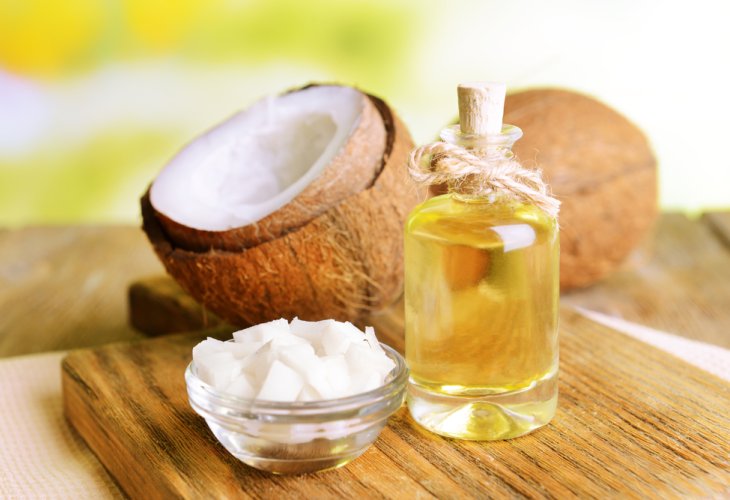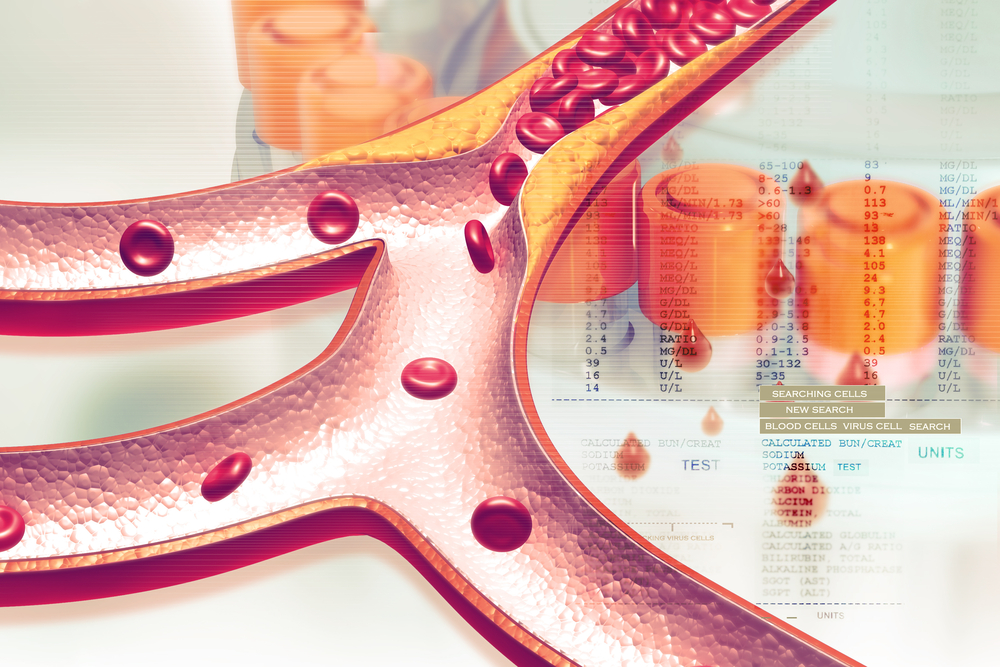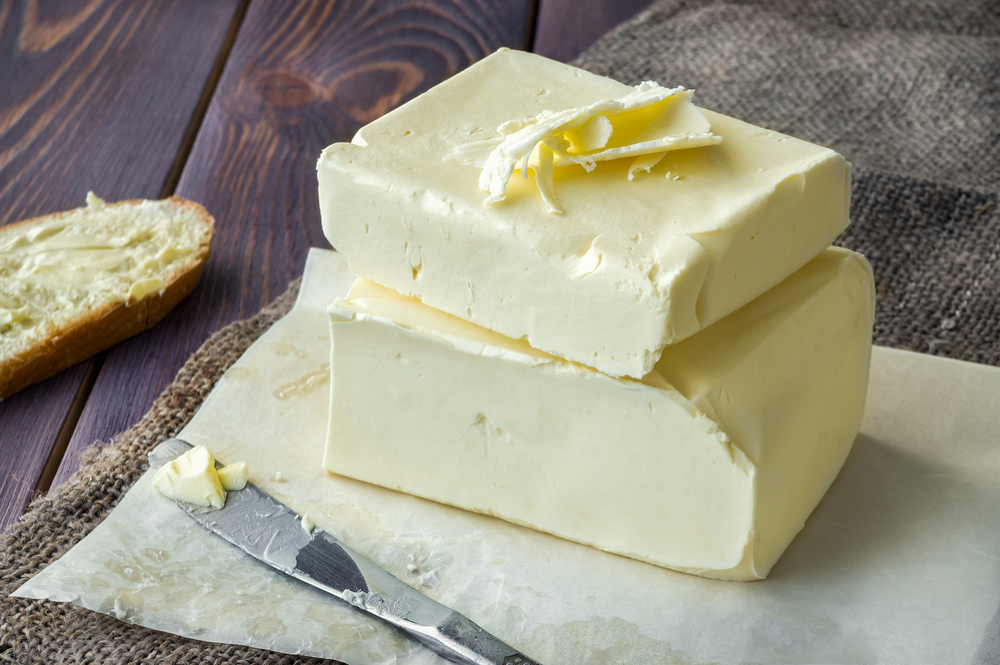The Good, the Bad, and the Downright Ugly: Navigating Fats in Our Diet
Not all fats are bad for us, contrary to their reputation. Some are actually beneficial. The key is knowing which fats to choose and how to use them.
 Coconut Oil (Photo: shutterstock)
Coconut Oil (Photo: shutterstock)Hello and blessings,
After we've covered carbohydrates and proteins, it's time to move on to an important topic: fats.
Actually, "fats" isn't quite the right term. To be precise, we should call them lipids.
Lipids are a fundamental nutrient.
They play a role in our body's structure and protecting our organs.
Lipids help maintain body temperature.
They aid in the proper functioning of our body, for example: aiding in the production of various hormones, the absorption of certain vitamins, and regulating the digestive system...
Lipids are necessary for many things.
But they're also crucial for the texture and flavor of food.
Therefore, we must pay attention to the quality of lipids we consume.
Quantity matters too... It's important to find a balance, not too little, but too much isn't good either. After all, lipids are fats.
I like to categorize lipids into three groups: the good, the bad, and the ugly.
The Good – Unsaturated fats
The Bad – Saturated fats
The Ugly – Trans fats
There's also cholesterol, but since most of our body's cholesterol is produced internally (about 70%), I won't focus on it here.
Just know that the cholesterol we do get from food only comes from animal products, so if you see vegetable oil labeled "cholesterol-free" it's just a marketing gimmick.
 (Photo: shutterstock)
(Photo: shutterstock)When looking at different oils: olive oil, sunflower oil, margarine, soy oil, butter, coconut oil – you'll notice some are solid and some are liquid.
Why is that?
Someone who studied chemistry can explain the molecular chain that composes fatty acids, the carbon atom structure in the fatty acids molecular chain, and the level of hydrogen saturation related to carbon atoms in the... you get the idea.
While I find chemistry fascinating, I like things to be simple and clear. So let me explain as I understand it:
Unsaturated fat – Liquid at room temperature.
Like olive oil, corn oil, canola oil.
We all know it as oil (not as fat).
Saturated fat is solid at room temperature.
Like butter.
Or beef fat, after it's cooked and cooled, forming a jelly-like layer at the bottom of the pan.
So:
Unsaturated fat is liquid, known as oil.
Saturated fat is solid at room temperature, known as fat.
Usually, unsaturated fat comes from plants, but not always.
Many fish, for example, are rich in unsaturated fat like omega-3 (a super healthy fatty acid we'll discuss further, G-d willing).
Saturated fat typically comes from animals, but not always.
Palm oil and coconut oil are saturated oils from plants.
So why do I call one "the good fat" and the other "the bad fat," you ask?
While fatty acids/lipids are necessary for many essential bodily processes, saturated fat tends to accumulate in the walls of blood vessels (along with other substances) and clog them, which leads to many issues, especially for the cardiovascular system, but not only.
Coconut oil, by the way, is quite controversial; some say because it's saturated, it's risky and should be avoided. Others advocate for it, noting its many benefits, both in the kitchen and beyond.
We will revisit this topic later.
Now let's talk about the ugly.
The food industry realized that consumers fear saturated animal fats and sought a plant-based alternative.
By altering the molecular structure of liquid plant oil, they managed to stabilize it and created margarine!
What a wonder, it looks like butter, spreads like butter, but it's plant-based, made from good quality oil.
Since it’s plant-based, it doesn’t have cholesterol either... (Cholesterol, another component critical for our body's function that has gotten a bad rap).
For us Jews, it revolutionized our lives.
Finally, a pareve butter alternative – margarine.
A great solution for cakes, pastries, and many other treats that can be eaten after a meat meal.
How lovely.
Except, not so much.
This creation is called trans fat and it's been transformed in a lab.
Since it doesn't exist in nature, the body doesn't recognize it or know what to do with it.
Once absorbed from the digestive tract into the bloodstream, no cell or tissue wants it.
It doesn't even pass the selection process of the systems responsible for clearing excess and toxins from the body.
No part of the body knows exactly what to do with this "alien" substance.
Because no one wants it, it just sticks in the blood vessels and stays there.
Forever.
I'm not introducing anything new here.
We all know, recognize, and avoid margarine.
The problem is, the food industry has learned how to hide it well in foods.
In an earlier article, we saw how crucial it is to read ingredient labels and what to avoid.
So if you see on a package: trans fat / hydrogenated fat / partially hydrogenated fat / hydrogenated vegetable fat – put the product back on the shelf and move on without looking back.
 (Photo: shutterstock)
(Photo: shutterstock)Back to oils – the good fats.
They are very delicate, so it's important to handle them properly.
First, store them in a dark cupboard – light can cause them to oxidize.
Second, it’s better to buy oils in glass bottles, preferably dark-colored. This preserves them better.
Third, heat them as little as possible. Heating causes oxidation, creating those notorious free radicals.
Meaning, it’s better to bake than fry (schnitzels, patties, and even fries turn out great in the oven).
When baking, it's better at 150 degrees than at 180 - even if the baking time is longer.
If you decide to fry, don't reuse the oil; throw it away after use (don't pour it down the sink to avoid polluting water supplies, wait until it cools, transfer to an empty container, and discard it).
When preparing side dishes like rice, quinoa, buckwheat, etc., it’s best to cook without oil and add it along with the spices after turning off the heat – suddenly the flavor, texture, and aroma will be much better.
Before we conclude, here’s a simple recipe for homemade pareve butter.
In a food processor, mix olive oil with some flavor enhancer you love – it could be garlic or basil, or maybe thyme leaves.
After blending everything together, pour into ice cube trays and freeze.
You get a delicious spreadable "butter" that's really enjoyable on bread.
God willing, in the next article, I want to delve into coconut oil, why it’s so controversial, and share some great afternoon snack recipes.
Until then, wishing you lots of health,
Chen Tovi

